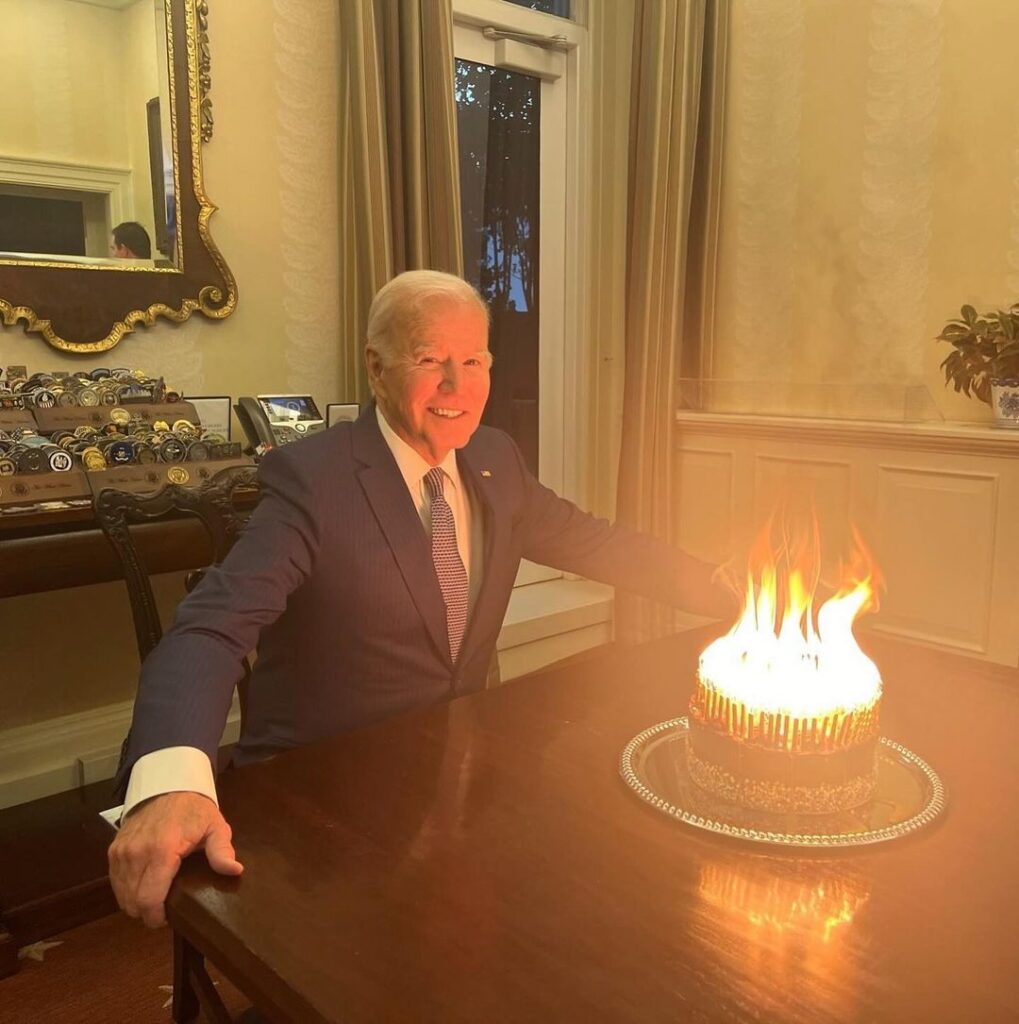
Benjamin Franklin’s saying, “Nothing is certain except death and taxes,” underscores the inevitability of aging and mortality — topics many prefer to avoid. Despite a reluctance to discuss aging, cognitive decline, and mortality, age became a highly contentious issue in the 2024 presidential election. When Joe Biden was still in the race at 81 years old, Democrats worried how his age would affect his chances against Donald Trump, as Republicans repeatedly questioned his cognitive fitness — despite Trump himself being 78 years old. While Democratic Party elites largely downplayed Biden’s decline, the June 27, 2024 debate made it clear that Biden needed to step out of the race. Vice President Kamala Harris, Biden’s replacement, was just 60. Trump’s victory made him the oldest person elected president in American history, over 18 years older than Harris. According to AP News, Trump’s personal doctor, Dr. Bruce Aronwald, described his health as “excellent” and performance on cognitive tests as “exceptional.” Outside of this, Trump has remained unforthcoming about his medical history, providing very selective reports. Given the intense scrutiny over age and cognitive fitness in the 2024 election, Trump’s lack of transparency raises questions about the standards for assessing presidential health and the public’s right to such information.
Presidential age and the fear of cognitive decline or death in office concerns American voters across political lines. According to Pew Research Center, just under 80% of Americans believe that presidential age limits should exist, and almost half of Americans believe that it would be best for a president to be in their 50s. While the Constitution outlines the minimum age requirement for a president, at least 35, it neglects to create any guidelines regarding a maximum age for a president. As Americans live longer and age-related diseases become more common later in life, it is surprising that no presidential age limits have been established.
Given the intense scrutiny over age and cognitive fitness in the 2024 election, Trump’s lack of transparency raises questions about the standards for assessing presidential health and the public’s right to such information.
Following instances of presidential cognitive decline, the 25th Amendment was ratified in 1967. It does not directly address presidential age, but creates a process for the vice president to assume presidential duties in cases of incapacitation and another mechanism for removing a president from office. Nevertheless, even if a president were deemed unfit to lead due to age, the Cabinet would be unlikely to remove them under the 25th Amendment, as its members are appointed by the president and typically aligned with them politically. This is the closest America has come to addressing presidential age limits, yet it has rarely been utilized and ineffectively addresses concerns over cognitive decline in modern presidencies. Creating an additional constitutional amendment regarding presidential age or ability would be difficult, as Congressional members are unlikely to vote for bills regarding presidential age if they plan to run in a future presidential election. The alternative is to pass the measure through the states, requiring two-thirds of state legislatures to petition Congress for a constitutional convention, followed by ratification from three-fourths of state legislatures – an impressive feat that would face congressional obstacles.
The question of how to address presidential age and declines in cognitive ability is complex, with multiple possible approaches, each having different pros and cons. If the states or Congress were to institute a maximum age limit, it would reduce concerns over cognitive decline and age-related illness, but also potentially disqualify experienced leaders who remain cognitively sharp. As aging affects everyone differently, this may not be the most effective method. Another widely discussed method requires cognitive tests for presidential candidates, to objectively examine candidates’ mental fitness. This is more personalized, but who would be granted the power to create and utilize these measures? In the current polarized political landscape, who will remain unbiased and forthcoming in the president’s fitness to lead the nation properly? Finally, should there be a combination between these two approaches, or should we wait until there is evidence of cognitive decline? The latter would ensure that we avoid disqualifying capable candidates and dispel stereotypes about aging, instead focusing on candidates’ actual abilities. However, a lot can change in four years, especially for older presidents, thereby allowing older leaders the chance to enter office while still mentally fit but decline while in office. While no solution is perfect, implementing a maximum age limit of 75 — due to the increased risk of cognitive decline and health issues — along with a mandatory, unbiased physical and cognitive exam for all presidential candidates could help address concerns about aging in leadership.
As Americans live longer and age-related diseases become more common later in life, it is surprising that no presidential age limits have been established.
Aging and death are inevitable, and we must address how they impact the presidency. Creating guidelines to ensure that the president is physically and cognitively healthy is a complex task, but it is essential to maintain legitimacy and integrity in the presidential office. While the memory of two old men yelling at each other across the debate stage is fresh in our minds, we must consider change.
Emily Gordon ‘25 studies in the College of Arts & Sciences. She can be reached at emily.gordon@wustl.edu.